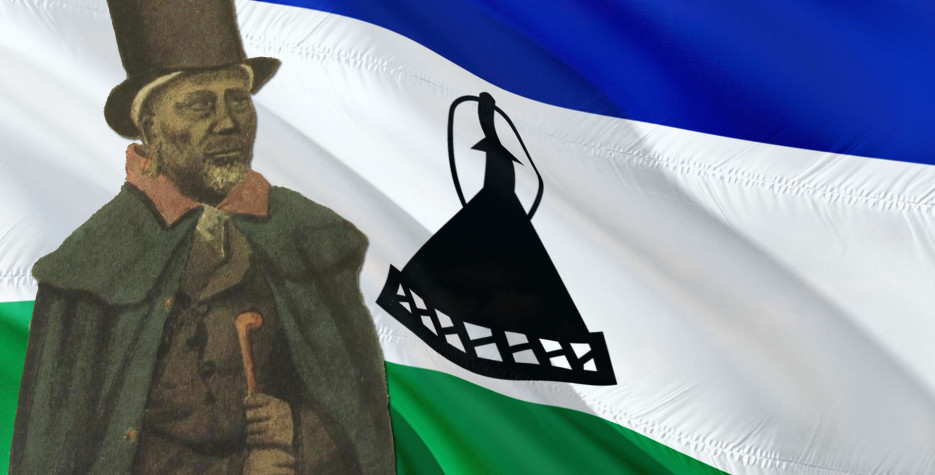By Thomas Sibanda
King Moshoeshoe 1 whose birth name was Lepoqo, was born around 1786 in the Eastern Highveld beyond the Drankensberg, now present-day Lesotho.
He was the first son of Mokhachane, chief of the Bamokoteli lineage, a branch of the Koena clan.
As a youth, he also gained the name Letlama, the binder, after the way he would allegedly bind and subsequently subdue his enemy. After their initiation – circumcision school his graduation class was called Matlama, which means ‘the Binders.’
Matlama formed a single regiment under Lepoqo’s command. One of their raids was so successful that he gained a new name, Moshoeshoe, the swish of the razor. After this raid, he returned with many cattle after shaving the beard off the raided chief Ramonaheng of the Bafokeng.
In his quest to become a king, Moshoeshoe sought guidance from a wise man and seer known as Mohlomi of the Koena. Mohlomi said to him ‘One day you will rule men: learn then to know them; and when you judge, let your judgements be just.’
In the late 1810s to early ’20s, European land invasions and colonisation led to land wars and mass displacements in Southern Africa. Moshoeshoe led his followers south to the stronghold of Thaba Bosiu mountains (Mountain at Night) in the western Maloti Mountains.
In the late 1810s to early ’20s, European land invasions and colonisation led to land wars and mass displacements in Southern Africa. Moshoeshoe led his followers south to the stronghold of Thaba Bosiu mountains (Mountain at Night) in the western Maloti Mountains.
Many displaced clans and people groups were attracted by his strong leadership and chose to voluntarily join him for protection. He then united many clans and various small refugee groups to form the Sotho nation and kingdom.
Moshoeshoe replenished his new nation by raiding local Tembu and Xhosa groups for cattle and adopting the use of horses and firearms. He was also able to defeat mounted Griqua and Korana raiders with his own mounted armies. He expanded his control into the Caledon valley.
Moshoeshoe’s Sotho forces twice defeated British in 1851 at Viervoet and again in late 1852 at the battle of Berea near Thaba Bosiu. In 1853 Moshoeshoe defeated and absorbed the rival Tlokwa chiefdom.
In the next decade, Moshoeshoe successfully repelled Boer attacks. At the Treaty of Aliwal North in 1858, he regained control of land on both sides of the Caledon River from the Boers.
Moshoeshoe is celebrated for his assertion of black expansionism against colonial efforts in Southern Africa. However, a united Boer effort eventually defeated Basotho and Moshoeshoe gave up most of his earlier gains at the Treaty of Thaba Bosiu in 1866.
By 1867 the Boers had severely weakened Moshoeshoe. The British high commissioner of the Cape Colony, Sir Philip Wodehouse, annexed Moshoeshoe’s kingdom as Basutoland in 1868 after he requested his kingdom to be a British protectorate, thus saving it from Boer annihilation.
King Moshoeshoe died two years later in 1870, after the end of the Sotho – Boer wars. He was was buried at the summit of Thaba Bosiu. On October 4, 1966, the Kingdom of Lesotho attained full independence from Britain.

